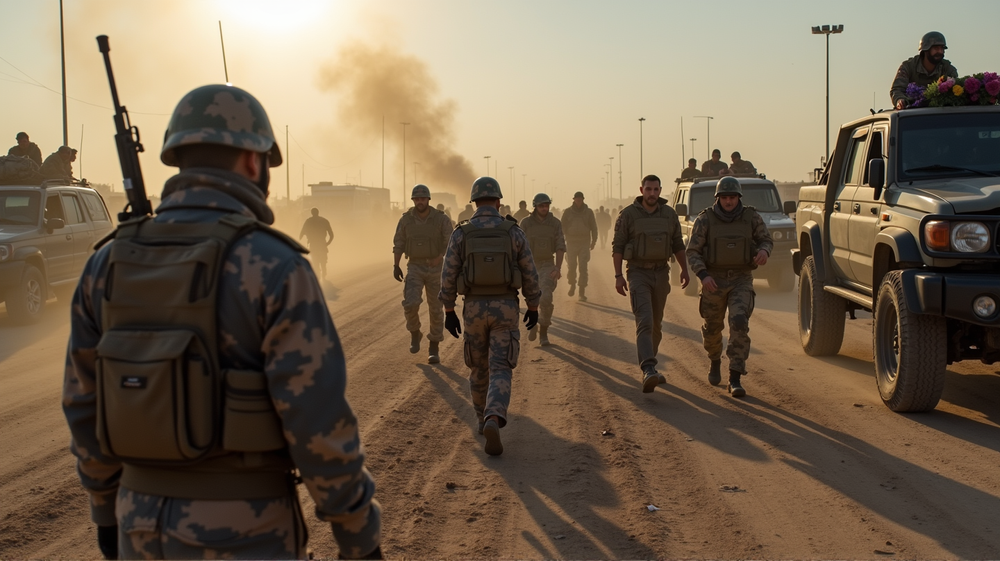A Community in Mourning
In the early dawn light of Saturday, Gaza awoke to a tragedy of profound depth—36 lives lost as they journeyed toward an aid distribution site, seeking the help they so desperately needed. According to the Gaza Health Ministry and Nasser Hospital in Khan Younis, the quiet plea for aid ended in unspeakable sorrow. Families and friends now grapple with the profound shock and grief that accompany such losses.
Conflicting Narratives
The air hangs heavy with questions and conflicting accounts surrounding the attack. The Israeli military claims it fired warning shots at perceived threats, but for the residents of Gaza, such a warning was absent. Mohammed al-Khalidi, a survivor among the crowd, recalls the terror that unfolded without notice—a dark dance of jeeps and tanks springing from the shadows.
The Shadow Over Aid Distribution
According to Gazan sources, this tragic event took place far from any operating aid site. The Gaza Humanitarian Foundation, responsible for running many of these sites, asserts the incident happened hours before their operations commenced. This statement stands in contradiction to the recounting of many locals, painting an unsettling image of the deteriorating safety in these critical humanitarian spaces. As stated in Reuters, the necessity to reconcile these differing perspectives grows increasingly urgent.
Numbers and Narratives
The numbers paint a bleak picture: in just six weeks, the United Nations has reported a devastating 875 killings near aid sites in Gaza. Discrepancies continue to divide the accounts of these acts of violence, mainly pinned to the operational practices of foreign aid and the trust-breaking strategies often employed within these fraught interactions.
Continued Violence Amidst a Dire Crisis
Simultaneously, Gaza reels from relentless strikes. Another 50 lives were claimed, among them, influential figures entwined within the region’s deeply-rooted conflicts. Gaza’s human landscape, the moral tapestry of its people, and the physical structure of the city have been irrevocably changed under the weight of enduring military actions.
Hope Amidst Desperation: A Ceasefire on the Horizon?
Meanwhile, a faint spark of hope glimmers as discussions continue in Doha. Israel and Hamas engage in indirect talks over a proposed 60-day ceasefire, tethered to a potential hostage deal. In Tel Aviv, voices echo each other as anxious families, each distinct in their story and identical in their longing, wait for an end to this conflict. Among them is Einav Zangauker, whose plea for her son, entrapped in Gaza’s treacherous network of tunnels, illustrates the personal stakes within this geopolitical chess game.
The urgency for peace, for the closure, is palpable. The human heart and spirit demand it. As the region hangs in a tense balance, the world watches, waits, and hopes for a tomorrow where aid no longer comes cloaked in fear.












